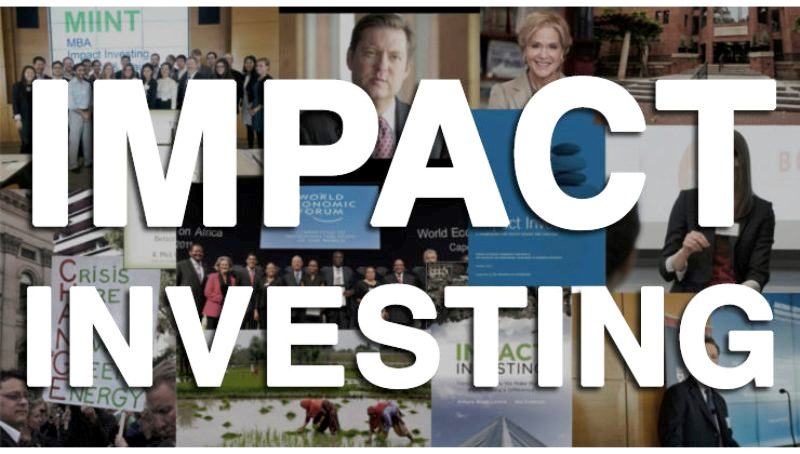Social impact investing is a new idea, but it is attracting growing interest from investment professionals. Impact investing combines a significant social impact with returns that are no less important. Some received ideas further hamper their development. Two associates of McKinsey have put them to the test and their conclusion is final.
Traditional investors are often afraid to venture into this field, leaving the field open for bold venture capital investors and NGOs who are the “first institutional investors”. Even if the benefits are obvious in terms of the arrival of new customers or employee satisfaction, it is generally considered that these investments can’t be sufficiently developed to generate an attractive return; they carry higher risk and are less liquid and more difficult to get out of it.
Recognizing the urgency of mending the contract between business and society, many firms and banks are trying to find profitable investments that also have a social impact. One of the solutions is impact investing, which is to direct capital to companies with social or environmental benefits, through projects ranging from affordable housing to the sustainable use of sustainable forest lands, through health clinics, eye care, etc. which the traditional business models tend to avoid.
The myth of lower performance
Social impact investments worldwide have demonstrated how capital can be used sustainably and how it can meet the financial expectations of investors. If we look closely at the 48 investor outflows between 2010 and 2015 we can find that they produced a moderate median internal rate of return (IRR).
If we sort the transactions by sector we see that agriculture, clean energy, education, microfinance companies, and others are working to increase financial inclusion and health care. Almost 80% of the outflows in the area of financial inclusion were in the top two-thirds of the performance. Half of the transactions in the clean energy and agriculture sectors generated similar financial performance, while those in the health and education sectors lagged behind
It is already established that there are some obvious relationships between the size of the transaction and the volatility of returns, as well as the overall yield. Larger operations produced a much narrower range of returns, while small deals generally produced better results. The smaller deals had the worst returns and the greatest volatility.
The possibility of easy short-term returns
The analysis shows that the median and average holding periods when investors withdraw are about five years, which is no different than holding periods for conventional private equity and venture capital firms. The transactions produced a wide range of returns, regardless of the holding period. From another point of view, it also implies that social enterprises with strong business models do not need long hold periods to generate shareholder value.
The arrival of conventional funds
Social investing requires a wide range of investors to maximize social well-being; companies receiving investments need different skills as they evolve. Young companies need investors with expertise in the development and establishment of a viable business model, core operations, and capital discipline.
The second step requires skills in balancing economic and social impact, as well as the endurance required to engage and measure the double bottom line. And the third step requires expertise in scaling, process refinement, talent development, and systematic expansion.
The impact investors were the first investors in 56% of all transactions. Significantly, it is found that this sparked the interest of conventional venture capital and private equity funds, even as the business models of the underlying industries began to mature. Conventional private equity and venture capital funds provided more capital, which represented around 70% of the value of initial institutional funding. In all sectors, general funds contributed 48% of the capital.
The club deals, the consortium of impact investors and traditional venture capital and private equity funds, contributed 32% of the capital and underline the complementary role of both types of investors. As companies mature and investors impact remains involved, they are able to obtain funding from ordinary funds. Non-profit organizations also play a complementary role in providing very effective capacity on the ground. They have generally been active for longer than businesses and have developed cost-effective mechanisms for the delivery of products and services and the implementation of business plans. The impact investors could be considered as strategic investors in non-profit organizations, which in turn play a role in the intensification, the recruitment of skills, and the establishment of financial leverage and exploitation.
Conclusion
In the USA, these investments have touched the lives of a significant number of people which suggests that it is not just a drop of water in the sea. Admittedly, the USA has large populations of people in the need. But again, as social enterprises gain momentum, so will their impact, reaching a critical number of people at risk in smaller populations.
As investors re-examine their understanding of social impact investing, their capital commitments will inevitably grow. This will undoubtedly bring new challenges. But researchers suggest that this emerging asset class can meet the financial challenges and achieve the social returns sought by capital providers globally.































